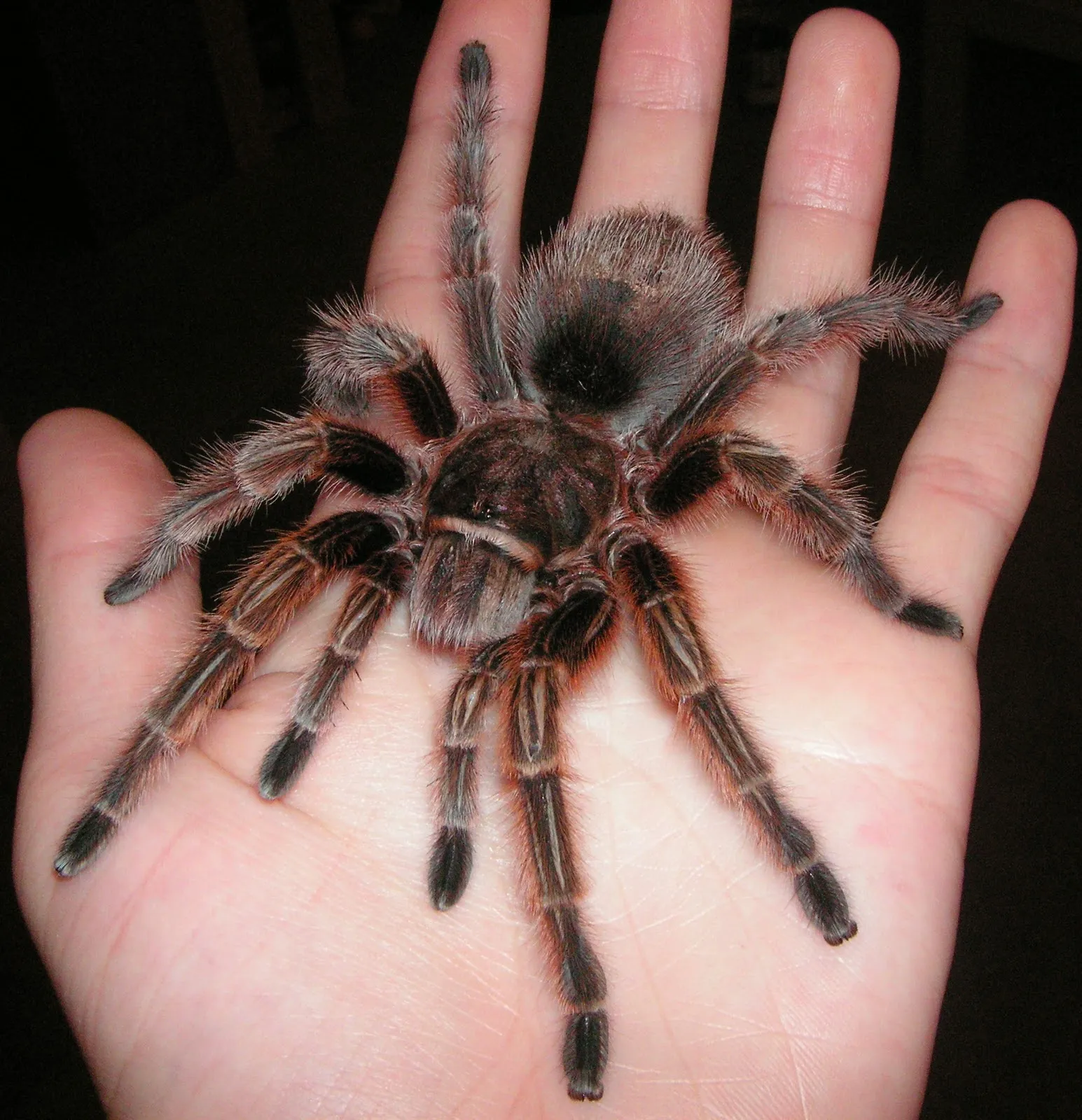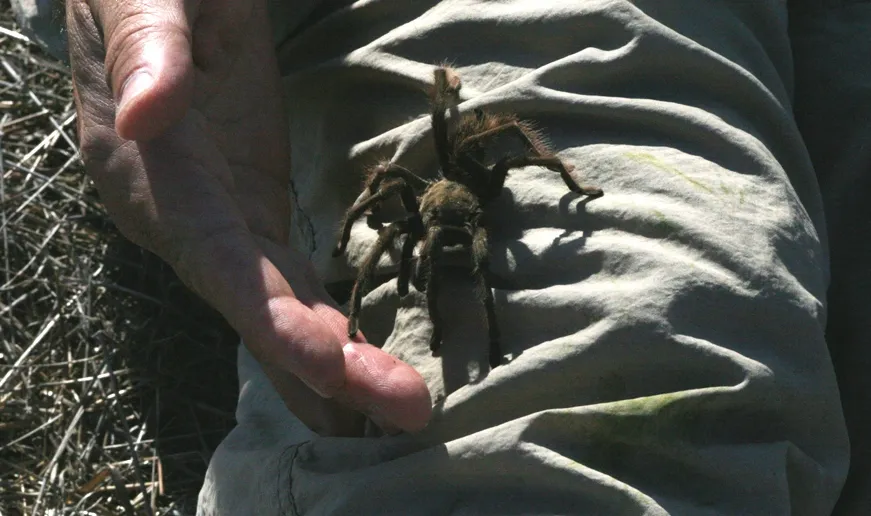The Anatomy of a Tarantula
Tarantulas, fascinating creatures that often spark curiosity and sometimes, a bit of fear, belong to the arachnid family. Understanding their basic anatomy is key to appreciating these incredible animals. Beyond just the number of legs, their physical structure is uniquely adapted to their lifestyle, from hunting and burrowing to defense and reproduction. The body of a tarantula is broadly divided into two main parts the cephalothorax (fused head and thorax) and the abdomen. Each section plays a vital role in its survival, housing essential organs and providing the framework for movement and sensory input. They are covered in an exoskeleton, providing protection and support.
Understanding Arachnids
Before diving into the specifics of tarantula legs, it’s important to place them in their broader zoological context. Tarantulas are arachnids, a class of arthropods that also includes spiders, scorpions, mites, and ticks. This group shares fundamental characteristics. The study of arachnids, arachnology, helps us understand the evolutionary relationships between these diverse creatures and appreciate the commonalities that bind them. Knowing their classification helps to understand how many legs tarantulas have and how they function within this group of invertebrates. This helps to distinguish them from other arthropods like insects, which have a different body plan and number of legs.
What Makes an Arachnid an Arachnid

Arachnids are defined by several key features. First and foremost, they have eight legs. This is a distinguishing characteristic when compared to insects, which have six. Their bodies are typically divided into two tagmata the cephalothorax and the abdomen. Arachnids also lack antennae, which are present in insects. Most arachnids, including tarantulas, have chelicerae, or mouthparts, which they use for feeding. Additionally, many arachnids have spinnerets on their abdomen for producing silk. These common features provide a framework for understanding their behavior, habitat, and their place in the ecosystem.
The Number of Legs
The most immediate answer to the question of how many legs tarantulas have is eight. These legs are not just simple appendages but complex structures that serve multiple functions essential to the tarantula’s survival. They are used for walking, climbing, sensing the environment, and, in some cases, even for digging. The legs are connected to the cephalothorax and are covered in sensory hairs, which help the tarantula perceive its surroundings. The structure and arrangement of these legs are critical for their lifestyle and their place in their environment. Their sturdy legs support their weight and allow them to navigate various terrains with ease.
How Many Legs Do Tarantulas Have?
As mentioned earlier, a tarantula has eight legs, which is a defining characteristic of all arachnids. These legs are attached to the cephalothorax, the combined head and chest region. Each leg consists of multiple segments, similar to an insect’s leg, allowing for flexibility and a wide range of motion. These segments include the coxa, trochanter, femur, patella, tibia, metatarsus, and tarsus. The arrangement and structure of these legs enable tarantulas to move effectively across various surfaces, climb, and even dig burrows. This specific number of legs has been honed by evolution, making tarantulas highly adaptable predators in diverse habitats.
Detailed Leg Structure

The structure of a tarantula’s legs is quite complex, with each segment playing a crucial role. The coxa is the segment that connects the leg to the body, providing the initial point of movement. The trochanter acts as a small joint, followed by the femur, which is the longest and strongest part of the leg. The patella and tibia come next, offering further flexibility and strength. The metatarsus and tarsus are the final segments, with the tarsus ending in claws that allow the tarantula to grip surfaces. Sensory hairs, or setae, cover the legs, allowing the tarantula to detect vibrations, air currents, and changes in the environment. This detailed structure allows for precision in movement and is critical for their survival.
Leg Functionality
Tarantula legs are not just for walking; they are multi-functional tools essential for their survival. Their primary function is locomotion, enabling them to move across various terrains to hunt and escape predators. They also use their legs for sensing their environment, detecting vibrations and changes in air currents to identify prey or threats. Furthermore, tarantulas use their legs for digging burrows, manipulating prey, and even for defense. The versatility of their legs is a testament to the evolutionary adaptations that have made tarantulas successful predators in a wide range of habitats. This complex functionality underscores the significance of their eight-legged design.
Walking and Climbing
The design of tarantula legs makes them efficient walkers and climbers. The claws at the end of the tarsi provide excellent grip, allowing them to climb smooth surfaces, such as glass or the walls of their enclosures. They walk using a coordinated gait, moving their legs in a specific sequence to maintain balance and stability. This allows them to navigate various terrains, from the forest floor to rocky hillsides. The structure of their legs, combined with their grip, enables them to climb vertically, providing access to a wider range of habitats and hunting opportunities. The ability to move efficiently is key to their survival and success as predators.
Sensing and Hunting

Tarantula legs are covered with sensory hairs, also known as setae, which are highly sensitive to vibrations and air currents. This allows them to detect the presence of prey or potential threats. When a tarantula senses vibrations, it quickly reacts, often by either moving towards or away from the source. This sensory ability is crucial for their hunting success. When hunting, tarantulas rely on their legs to feel the movement of prey, allowing them to ambush and capture their meals. The legs also play a role in determining the texture of the surfaces they walk on, aiding in navigation and habitat selection. The use of their legs for sensing provides a significant advantage for tarantulas.
Legs and Molting
Tarantulas, like all arthropods, must molt to grow. This process involves shedding their exoskeleton and forming a new, larger one. During molting, the legs are also shed and regrown. This process can be a vulnerable time for tarantulas, as their new exoskeleton is soft and offers little protection. The number of times a tarantula molts depends on its age and species, with young tarantulas molting more frequently than adults. Molting is essential for their growth and development, and it allows them to regenerate lost limbs. The process shows how adaptable these creatures are to their environment.
The Molting Process
Molting is a fascinating and complex process for tarantulas. It begins with the tarantula forming a new exoskeleton beneath the old one. The old exoskeleton then splits open, usually along the cephalothorax or abdomen, and the tarantula pulls itself out. During this process, the tarantula is incredibly vulnerable. The new exoskeleton is soft and provides minimal protection. After molting, the tarantula will typically remain in a protected area while its new exoskeleton hardens. This entire process can take several hours or even days, depending on the size and age of the tarantula, highlighting the importance of providing a safe environment during this time.
Leg Regeneration

One of the remarkable abilities of tarantulas is their capacity for leg regeneration. If a tarantula loses a leg, whether due to injury or during a molt, it can regenerate the lost limb over several molts. The new leg will start as a small bud and gradually grow larger with each subsequent molt until it reaches its full size. While the regenerated leg may not always be identical to the original, it will be fully functional, allowing the tarantula to regain its mobility and hunting abilities. This regenerative capability contributes to their resilience and ability to survive in various challenging environments, adding to their evolutionary success.
